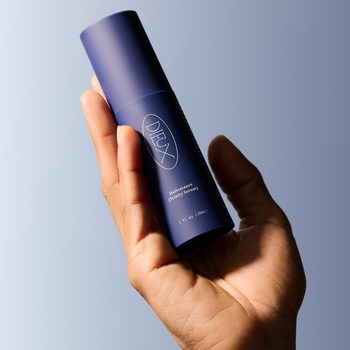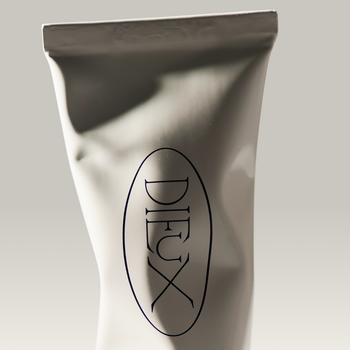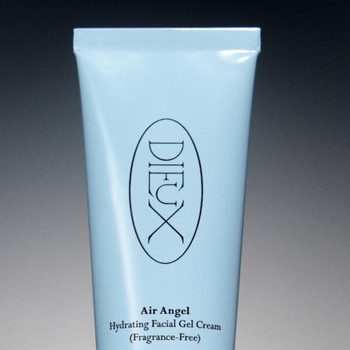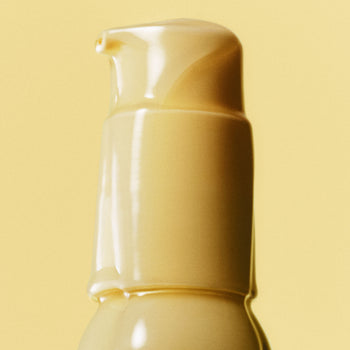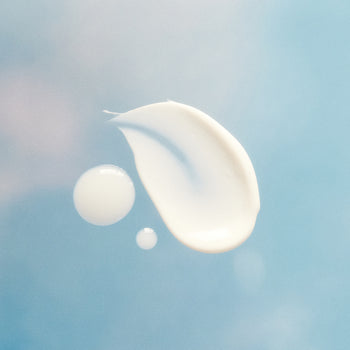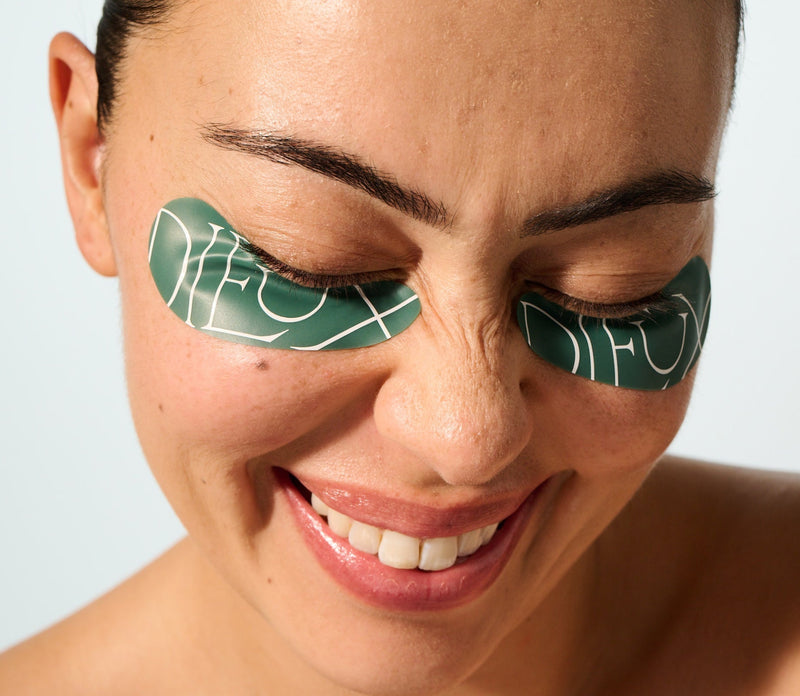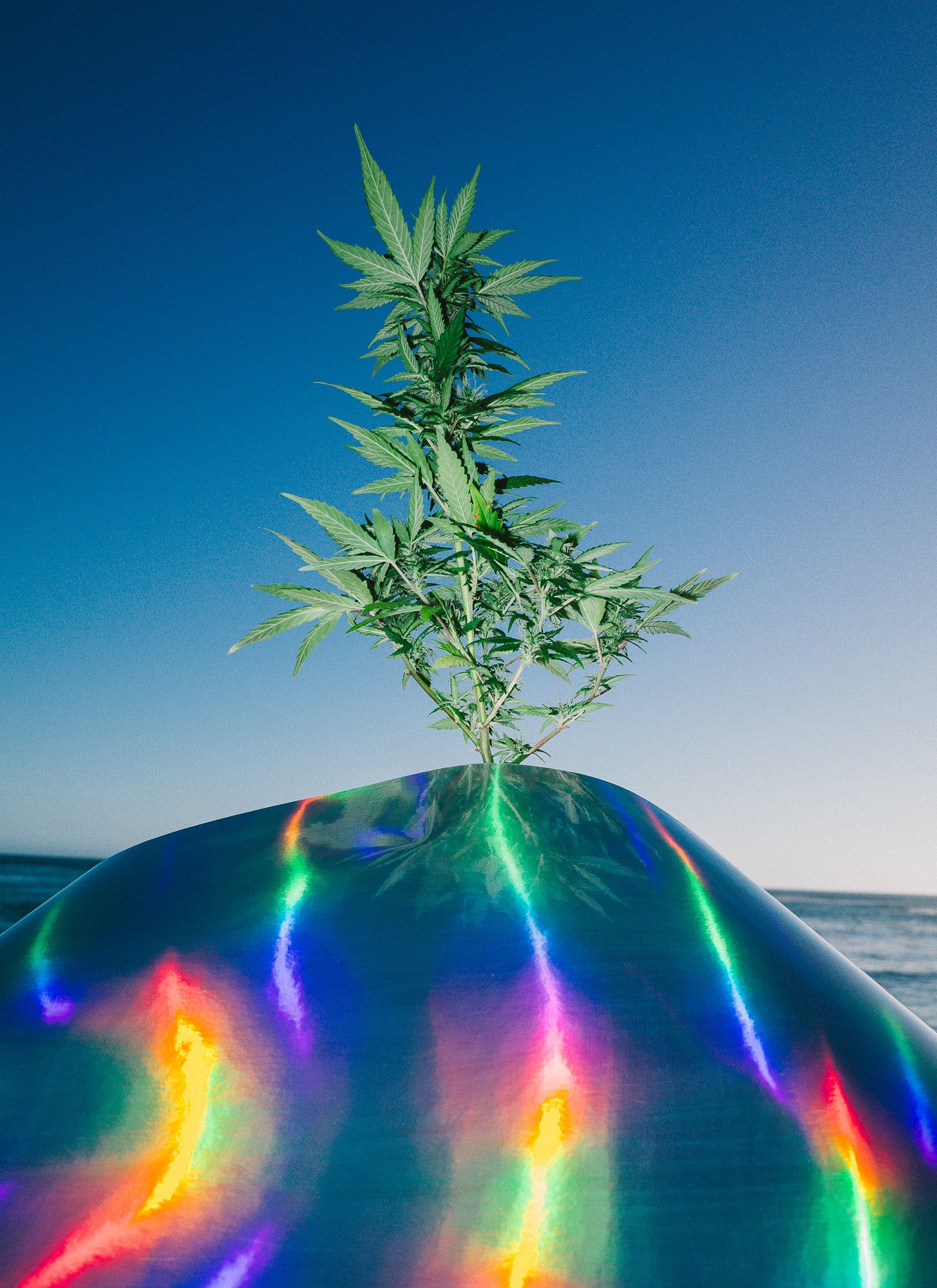
What Does CBD Do In Skincare? Is It All Hype?
CBD and your skin, is it bs?
Our first serum is launching very soon.
It contains CBD, which is promising as an anti-inflammatory and antioxidant but...does it work on acne? Wrinkles?
As with most “miracle” ingredients, no, it can’t solve everything. While miracles might be nice, we built this brand knowing that rituals are what we should be looking for in skincare. That being said, there is a lot of promise with CBD and certain claims when it comes to skincare.
We are looking at the research by pharmaceutical company (Botanix) and a clinical trial we conducted to evaluate some of the claims that exist concerning cannabinoids and skincare.
What are cannabinoids?
Cannabinoids are a group of naturally occurring compounds found in the Cannabis sativa plant. Of over 480 different compounds present in the plant, only around 66 are categorized as cannabinoids.
Dieux sources cannabinoids from the hemp plant. “Hemp” is a term used to classify varieties of Cannabis that contain 0.3% or less THC content (by dry weight). While hemp flowers don’t have a high percentage of the cannabinoid THC, they do have a lot of CBD. CBD or cannabidiol is the compound that is getting a lot of buzz in the skincare, health and wellness space. You will not and cannot get “high” from CBD.
To go back to the much maligned cannabinoid THC, this less than .3% content is why the US federal government has legalized hemp but not cannabis. THC is technically the thing that gets you “high”.
What do cannabinoids do?
While all cannabinoids show psychoactive potential, THC, which is increasingly being legalized in states for medical use, can have intoxicating effects (gets you high). CBD and other cannabinoids found in hemp do not get you high. Logically though, if CBD can help with anxiety, you can bet it’s doing something to your brain.
While many plants have different therapeutic properties like acne-fighting ingredient salicylic acid, which is an isolated compound commonly found in willow bark trees, cannabinoids have not been well studied. As a result, they tend to be over marketed because of their potential or promise and not because of what we actually know.
There are preliminary studies and promising research that cannabinoids help with inflammation, are powerful antioxidants and a few more claims we will dive into at a later date.
For Acne:
Look, it would be *amazing* if there was a silver bullet for acne, as anyone who deals with acne knows. If only it were that simple. There is no such thing as a miracle cure and brands should not prey on consumers with language that suggests there is one universal solution.
While CBD doesn’t appear to hurt those with Acne, a pharmaceutical company out of Australia named Botanix failed their phase 2 clinical trials while testing it.
The company is noting that this is due to different sourcing (the efficacy was seen on 118 patients in Australia and not reflected in the US sourcing), due to the variable nature of acne, it’s really hard to develop drugs that work. This is why people struggle with acne, because it’s not always easy to manage.
While it’s not out of the question that CBD can potentially help acne, current beauty brands claiming it helps with acne is a bit of a stretch from our perspective. If a drug company is still figuring it out, using CBD oil to sell a product for acne without fully studying just doesn’t seem right.
For Rosacea:
This is where research may be more promising but it is still very early to say that CBD does or doesn’t work for this condition. The same company that was studying synthetic CBD and acne was testing a version of the drug on rosacea. A 5% solution of CBD just got approved in March of this year to move forward with a Phase 1b clinical study. The initial Acne study had issues in reducing lesions in the United States and the results did show powerful anti-inflammatory and antimicrobial effects in the skin. Because of the promising results on the over 300 participants from the acne study, the rosacea study was fast tracked. Again, we just don’t know if it works, or if it’s an improvement on current drugs available (another requirement for new drugs), but seeing a company invest in studying the plant is a positive step forward.
We’re personally excited that brands are getting past the stigma of the plant and studying it so we can understand how it works and to what extent. Plenty of plants are anti-inflammatory and anti-microbial but to what extent? That’s what we hope to get more light on.
What did we study?
Ethically and responsibly, brands can’t claim that cosmetic products help with medical conditions. If a cosmetic company figured out complex diseases like acne and rosacea, a pharmaceutical company would try to patent it.
We aren’t in the business of making drugs. That being said, we did want to understand the most efficacious dose for our cannabinoid complex to include in the formulation of our serum. To do so, we began by looking at the claims we wanted to explore and saw most in research: calming skin and helping inflammation.
CBD gets a lot of shine, but we also wanted to try adding other cannabinoids that in very early studies (we’re talking test tube) are also anti-inflammatory, notably CBG and CBN.
For us, we wanted to explore what dose worked best on resolving induced inflammation. Ingredients like vitamin C and retinol have well studied therapeutic windows (sweet spots for dosing) but with cannabinoids, we didn’t see any consistency with brands.
With an independent 3rd party lab we irritated (induced inflammation) the skin of 20 participants on 4 skin sites and applied different doses of cannabinoids to three of the 4 sites to see how well they performed under daily observation in relation to the control site.
While all doses did reduce inflammation faster than the untreated site, one interesting thing happened; the lowest dose brought down the inflammation the most quickly. While the medium and high dose oscillated in effectiveness, ultimately working better than if we just left the inflammation alone, the low dose is what consistently and effectively brought down inflammation the most quickly.
This is the dose we chose to include in our serum and in a stroke of fate reinforced what we know to be true at Dieux; more is not more.
While this is the first of many studies that need to happen, we’re excited about CBD, it’s potential and how it’s helped us deal with induced inflammation and generally calming our skin.
Is CBD Safe?
The good news is that Phase 1 clinicals are to evaluate safety and potential efficacy, passing those means that CBD is safe :)
Dieux also conducted an over 100 person HRIPT panel to evaluate potential irritation of cannabinoids. In repeatedly applying our cannabinoid base over the course of two weeks, occluded with a patch, no irritation from the cannabinoid complex occurred.
* Clinical trials are generally divided into three phases. Phase 1 focuses on safety and evaluate potential efficacy, Phase 2 tests for effectiveness and Phase 3 examines whether the new drug is an improvement on existing treatment.
